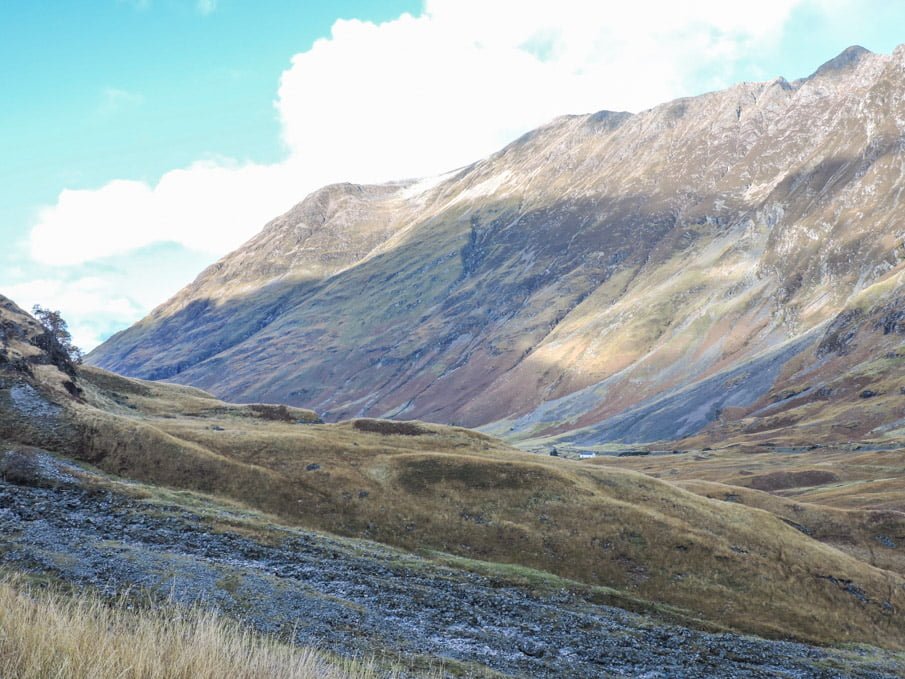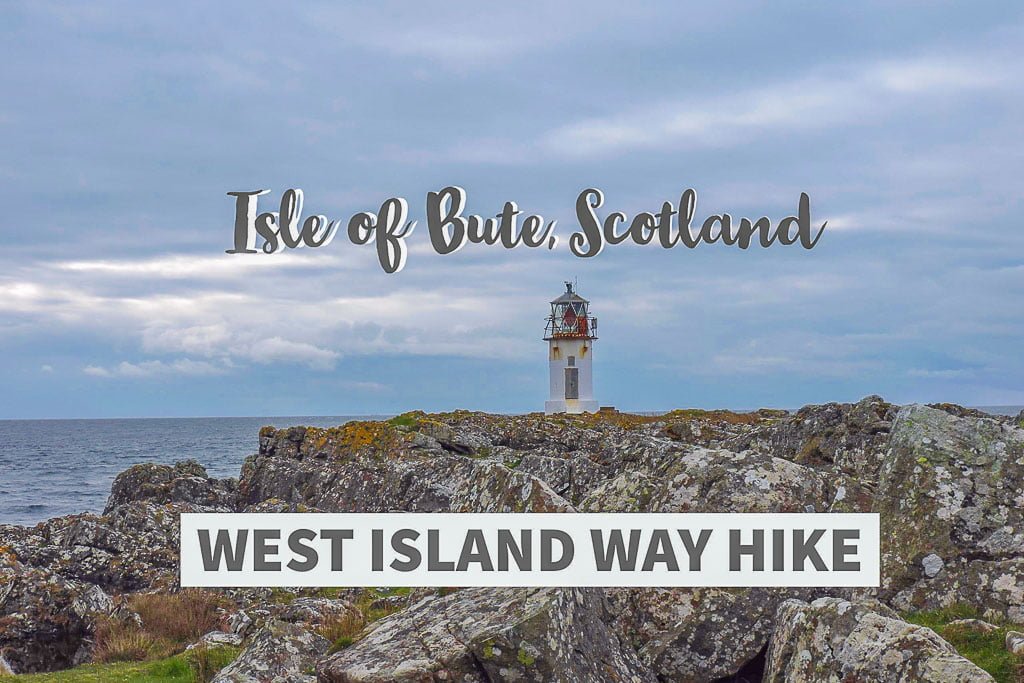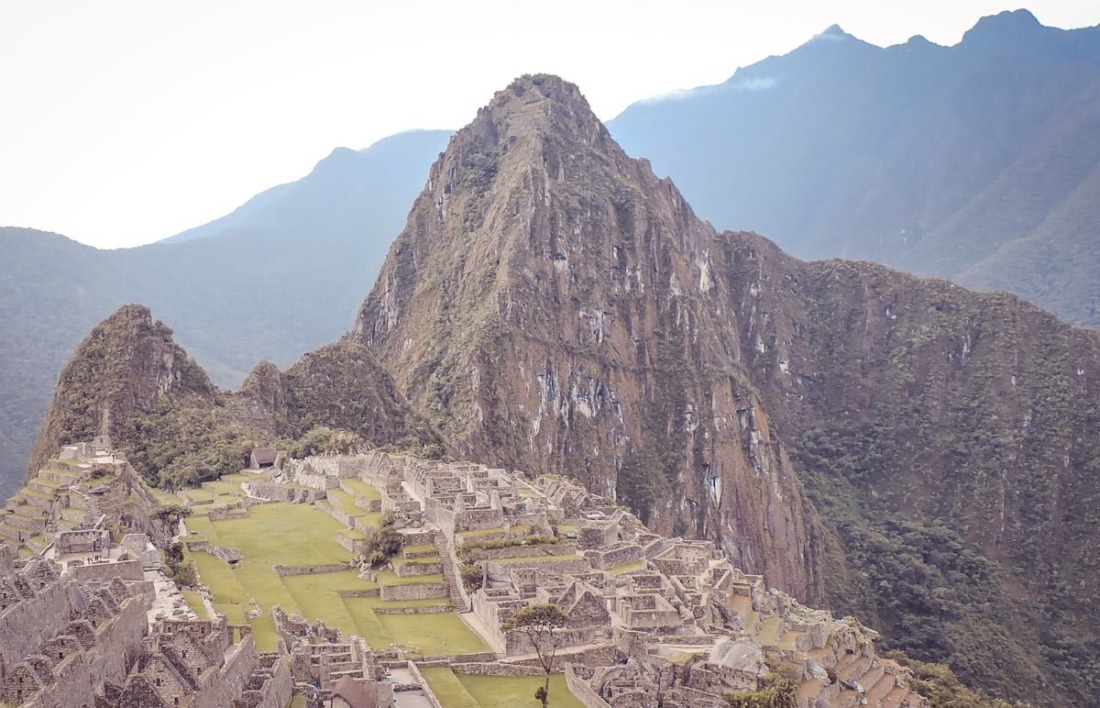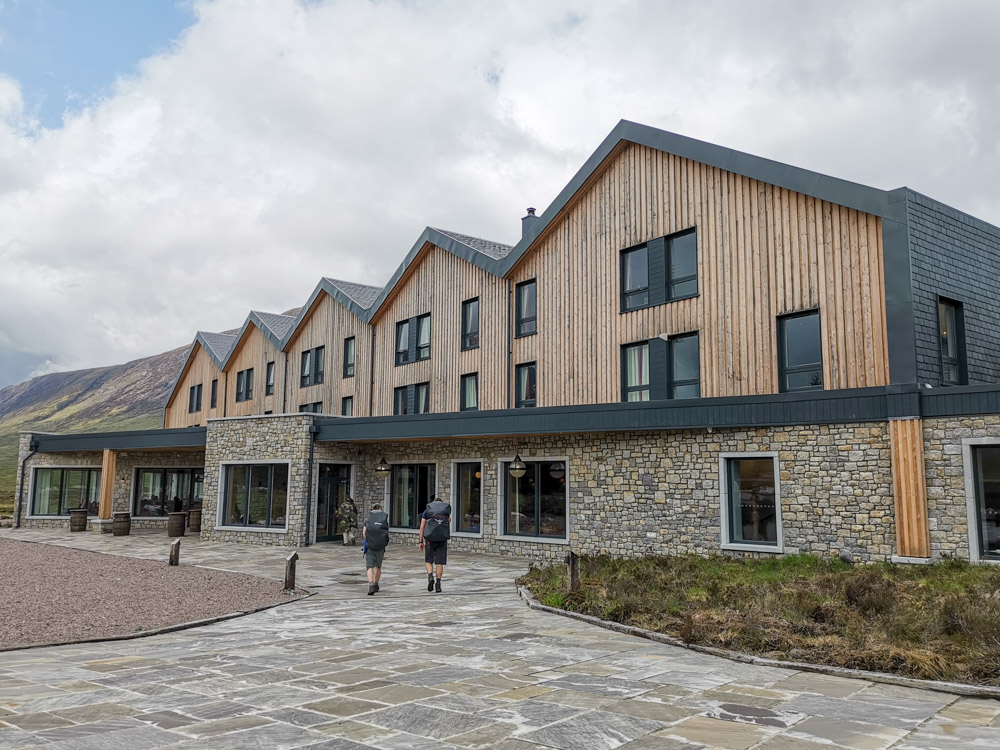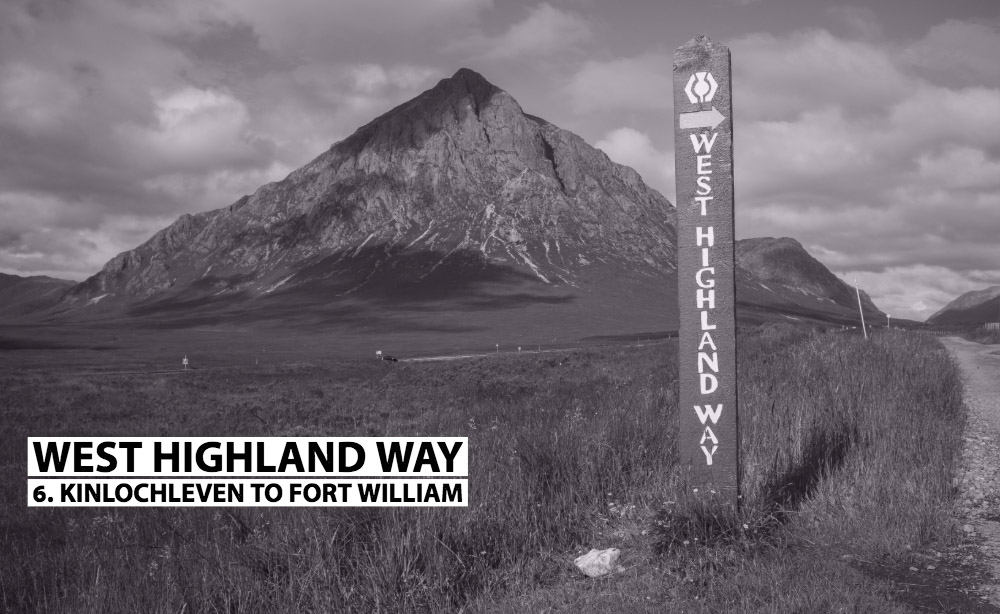The West Highland Way is one of the best hikes in Scotland. Why? Because revellers trek through the rolling hills and by the calm lochs of the west coast of Scotland which is deemed to be one of the most beautiful areas in the country. This 96-mile hike starts just outside of Scotland’s friendliest city, […]
Category Archives: Hiking
Ridiculously useful hiking guides including itineraries, packing, and other tips.
After the success of trekking the 96 miles of the West Highland Way in Scotland (ok, there was that one blip) we (Gemma and friends, Gordon and Laura) decided to embrace the long May Day weekend and head to the striking west coast island of Bute to tackle the supposed 25 mile/40km (whoever wrote the […]
The Lares Trek to Machu Picchu is one of the alternative hiking routes to the famous Inca Trail to Machu Picchu. The Inca Trail actually books up at least six months in advance and only a certain amount of passes are available each day, therefore, the Lares is a great alternative for those who are less […]
Scotland’s West Highland Way is a 96-mile trek which starts in sunny Milngavie, just outside of Glasgow and concludes in Fort William. I had the pleasure of hiking it over six-days with friends to celebrate a year of 30th birthdays. The full story starts here. If you are reading to find out about West Highland […]
West Highland Way Day Six Low Down Day 6: Kinlochleven to Fort William: Songs from A-Z Miles: 16 Time: 09:30 – 16:30 Weather: One sideways downpour Climbing out of a Valley Leaving Kinlochleven was one of my favourite parts of West Highland Way ’14, not because the town is basic (the Co-op is nice enough) but because […]
- 1
- 2

